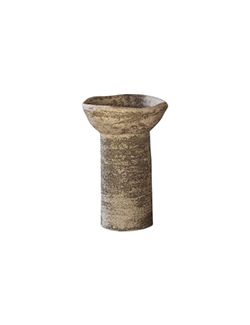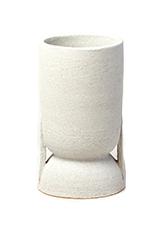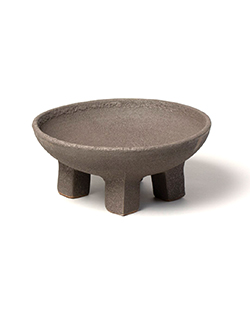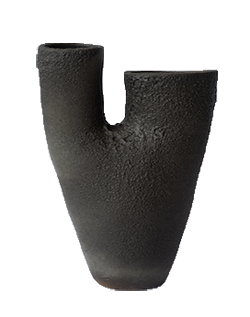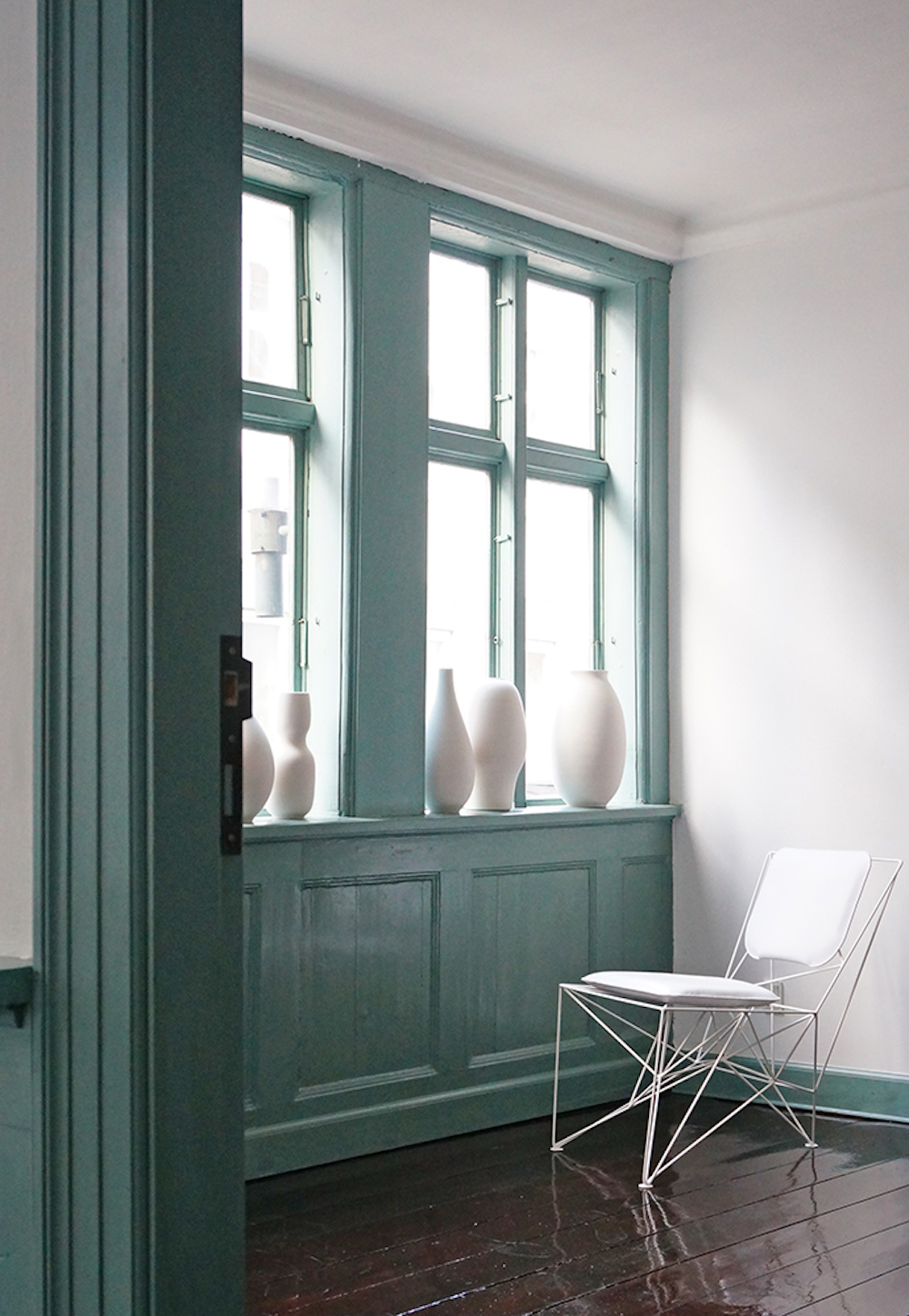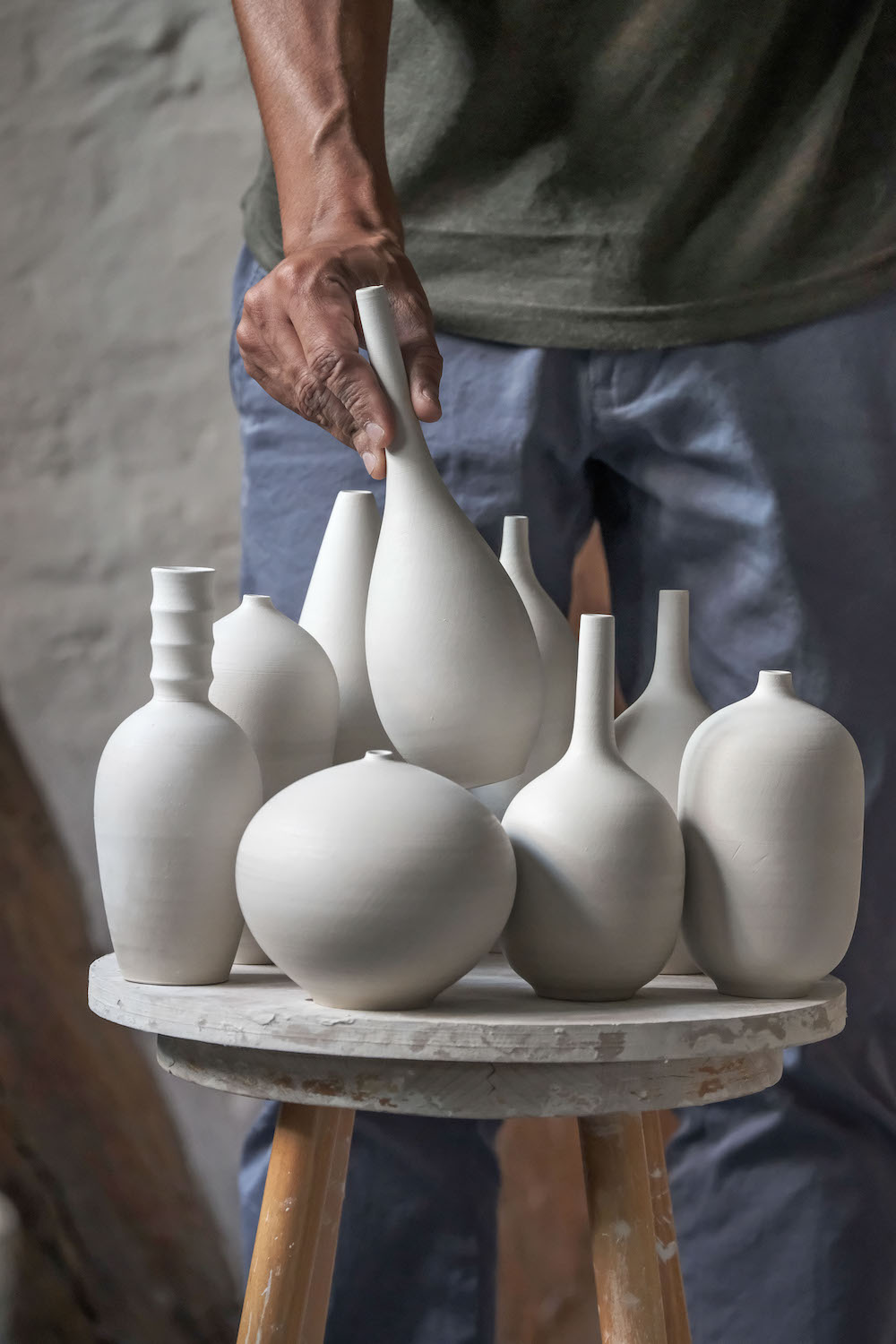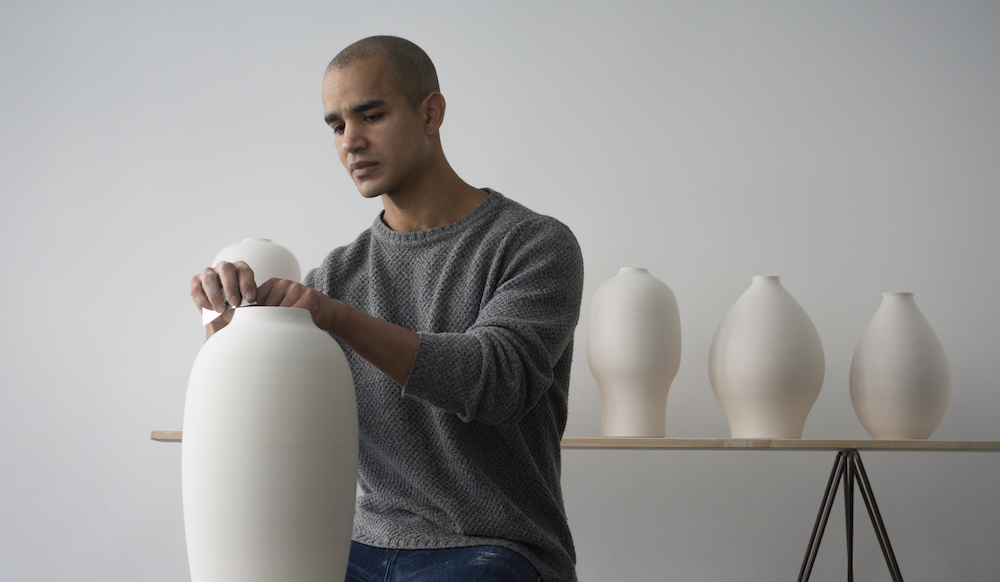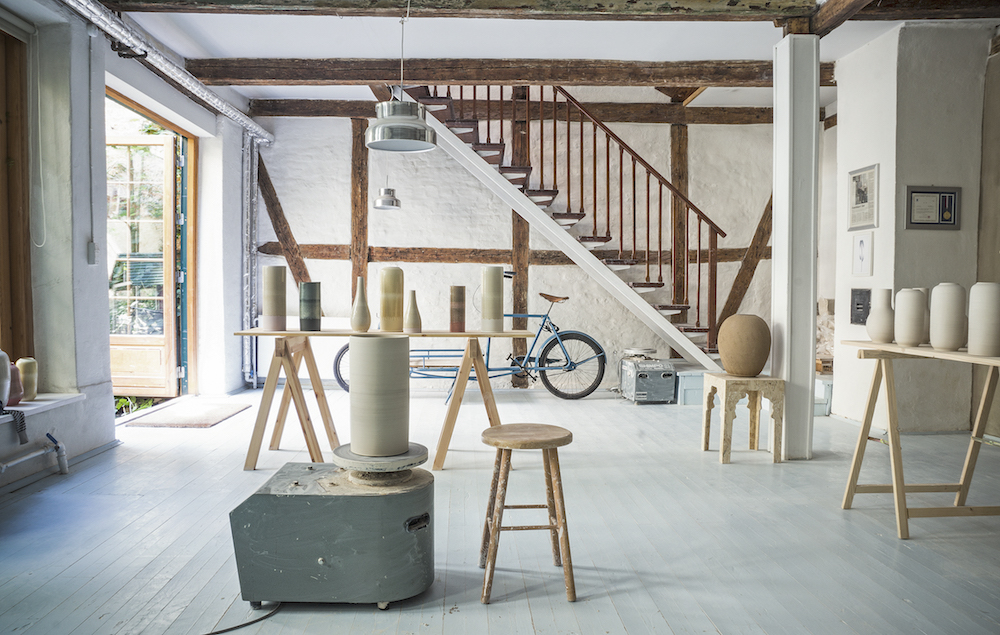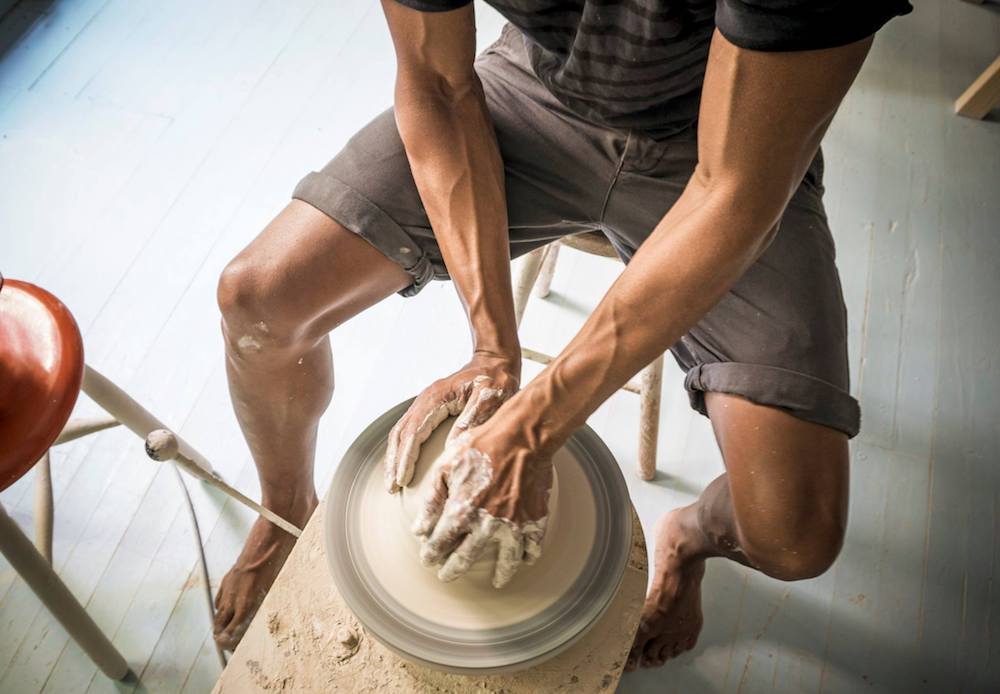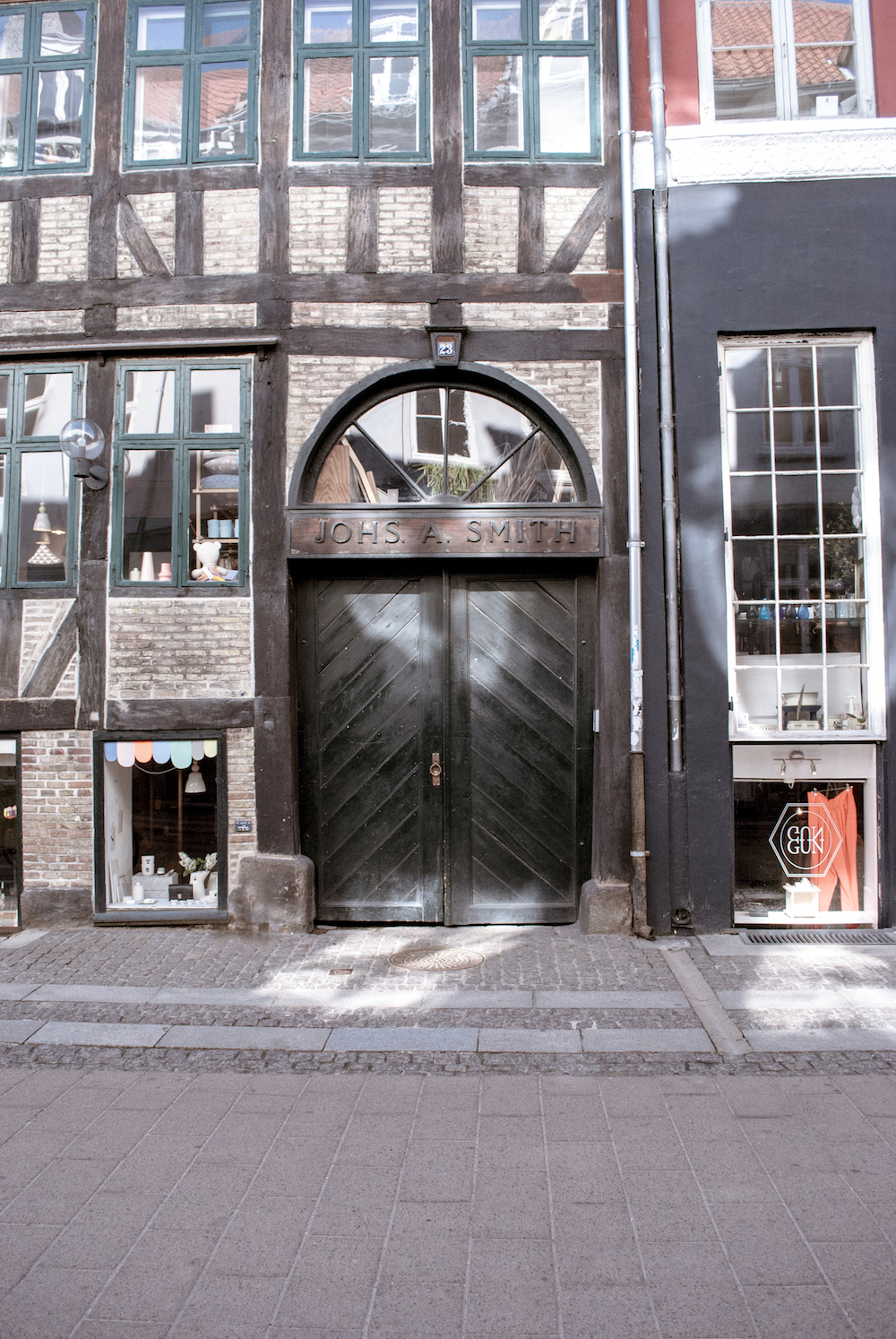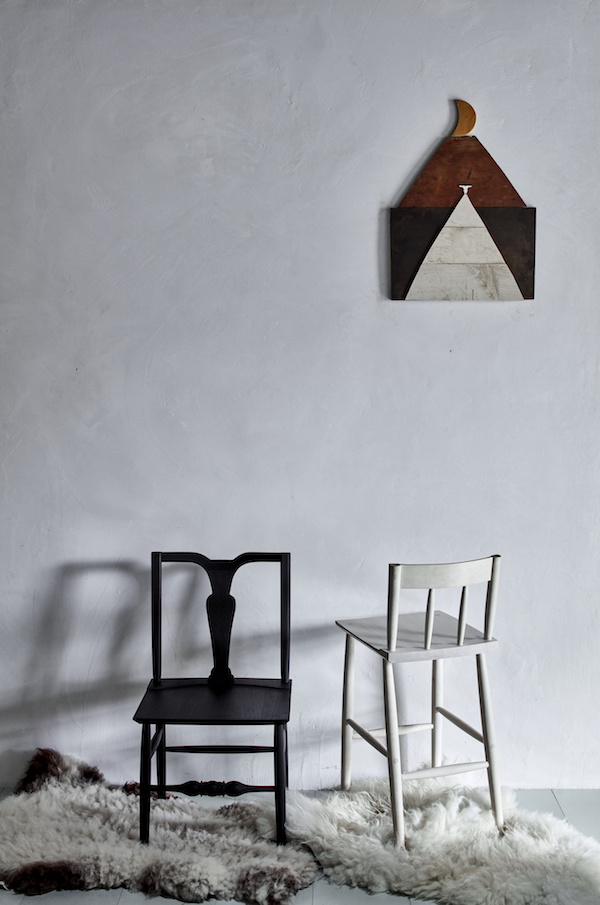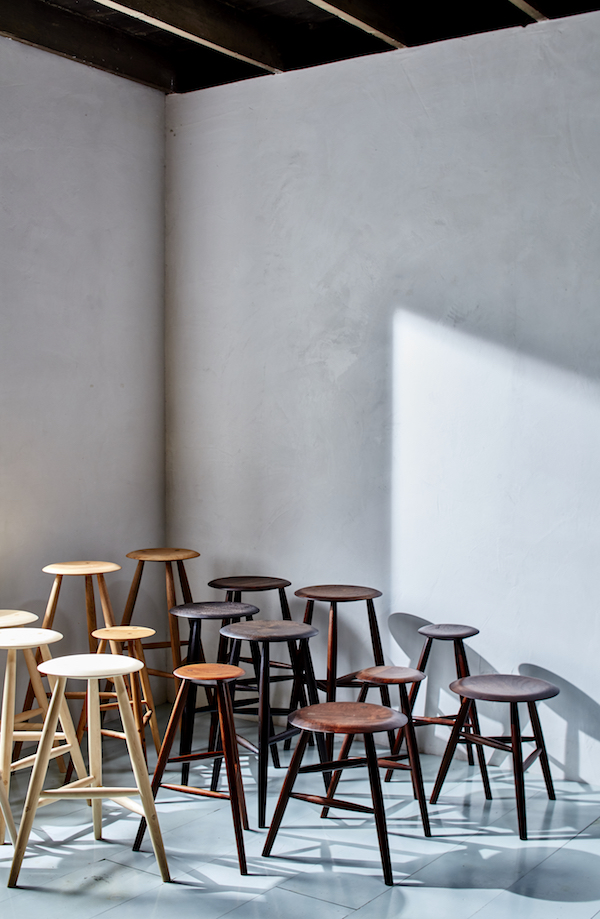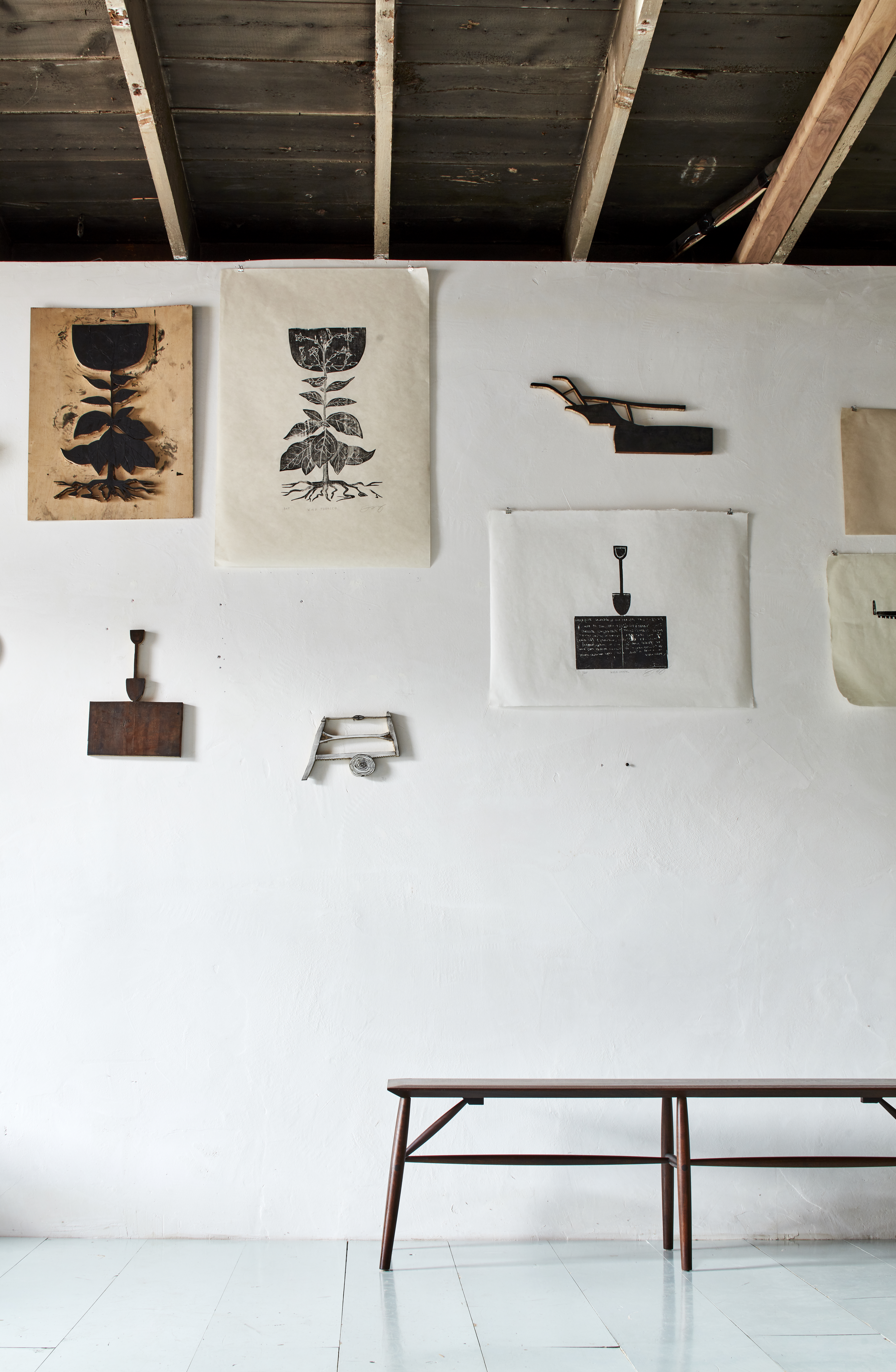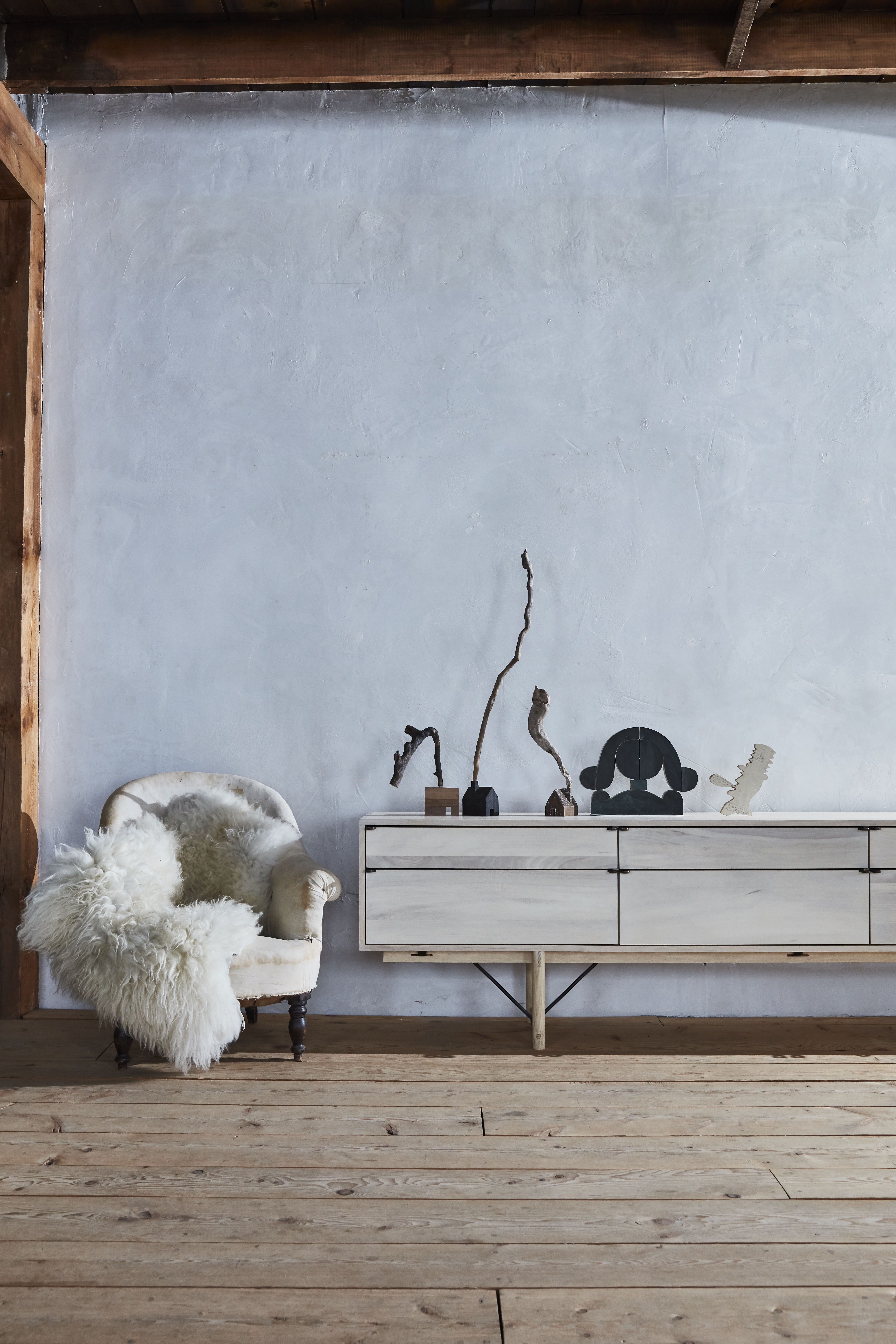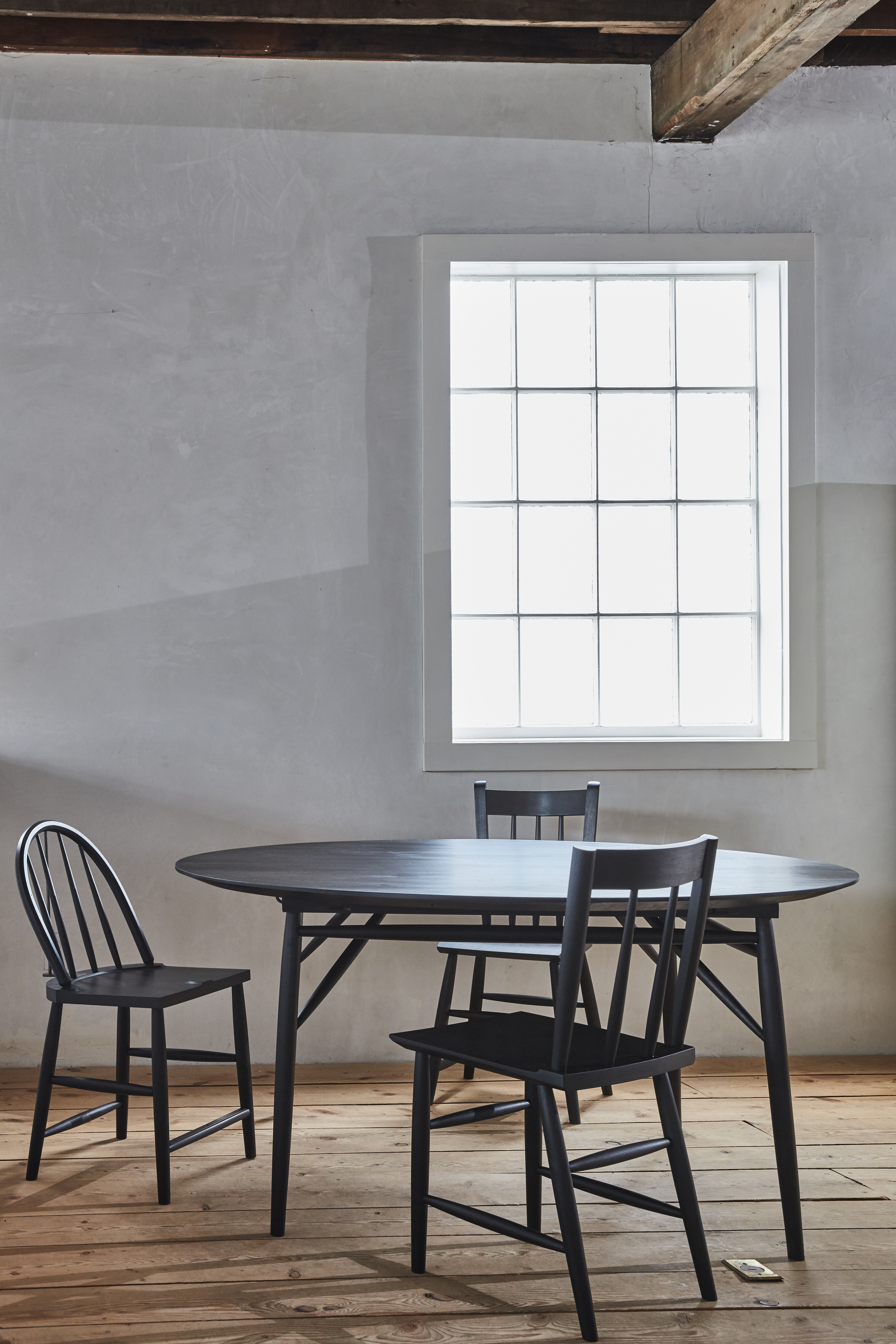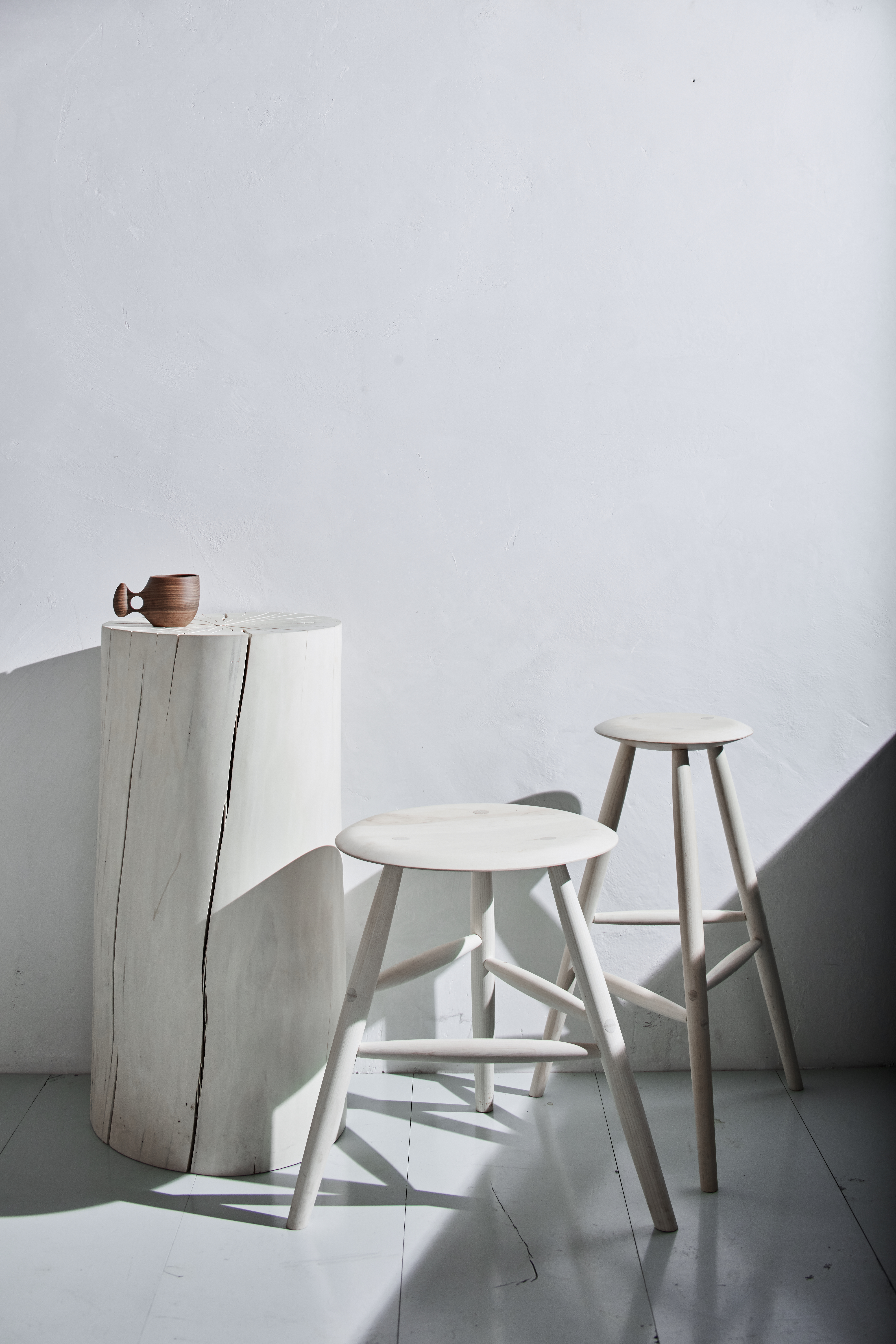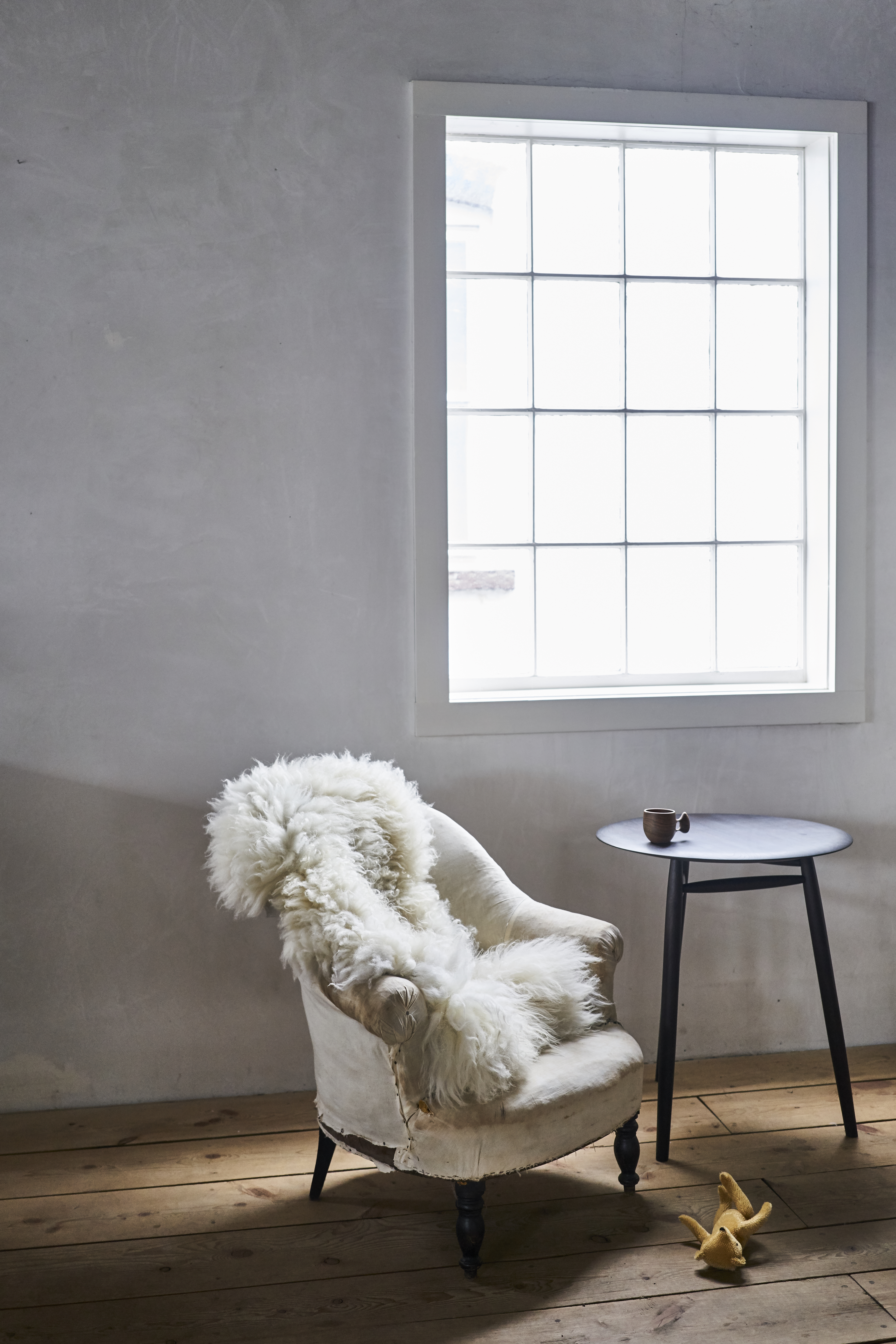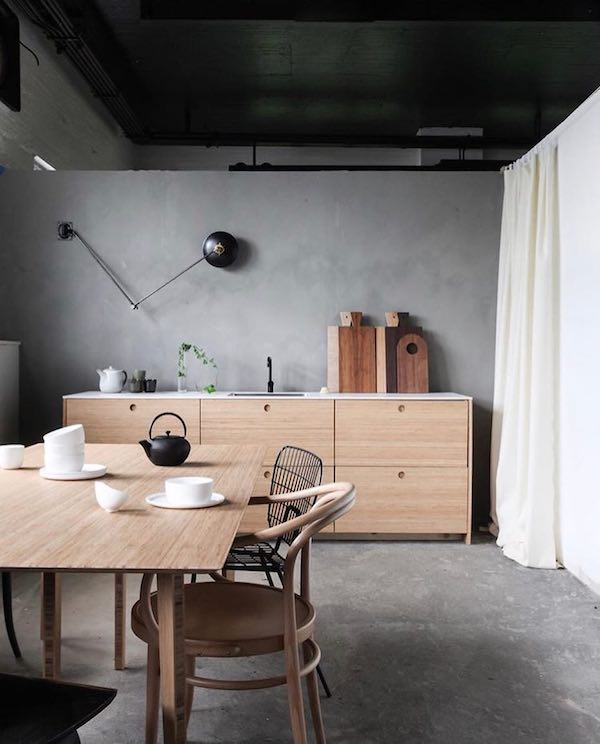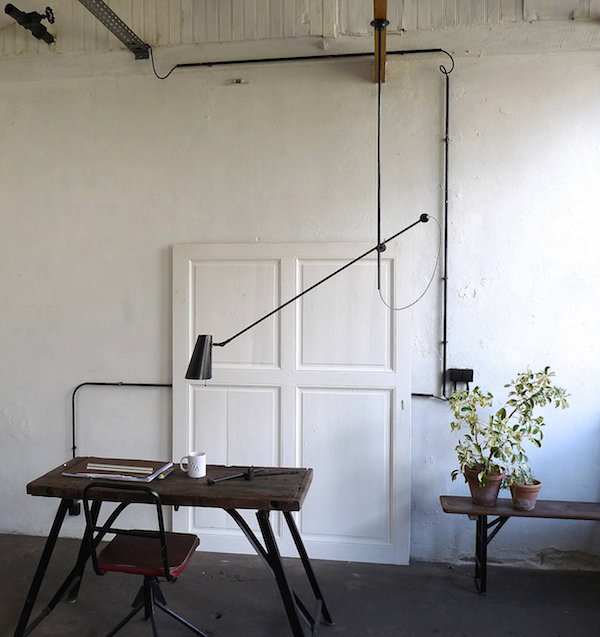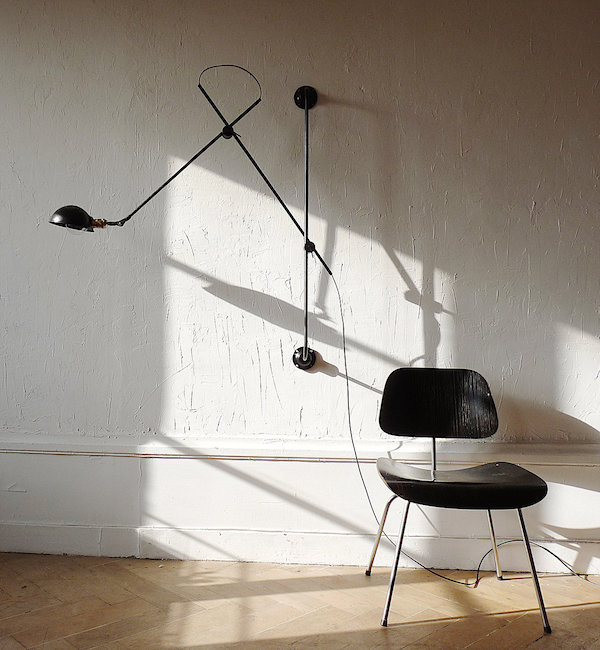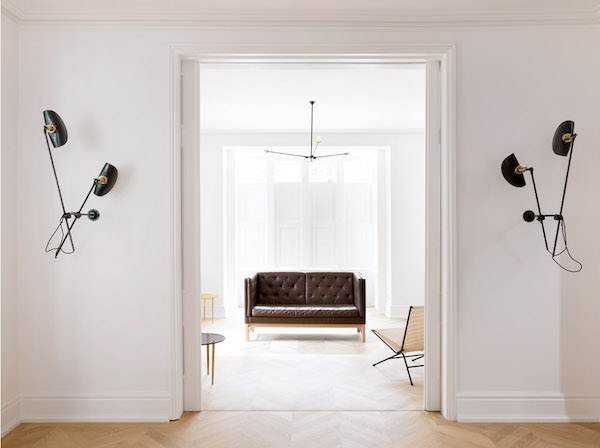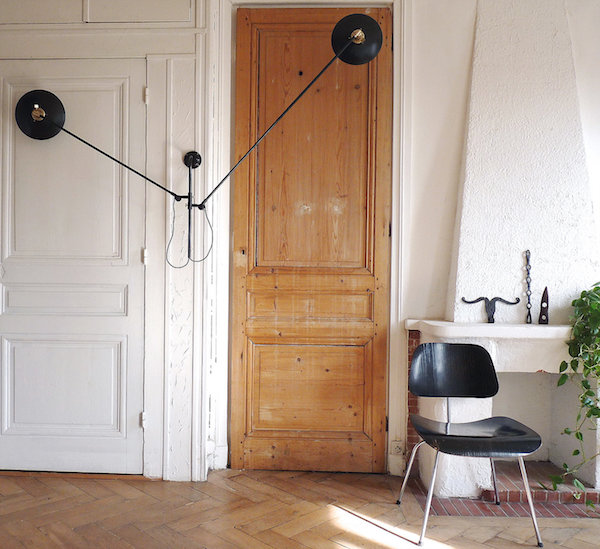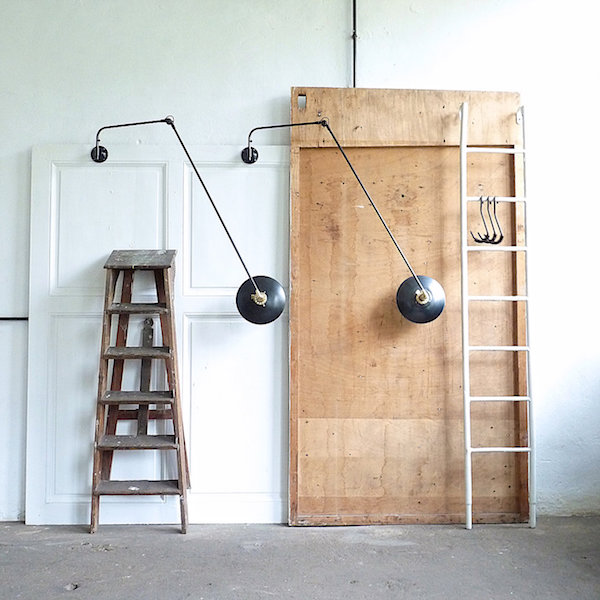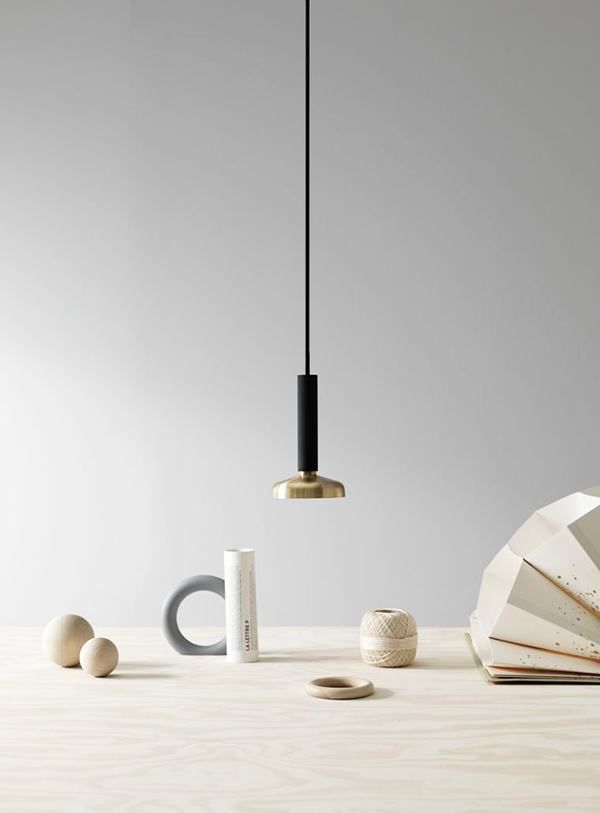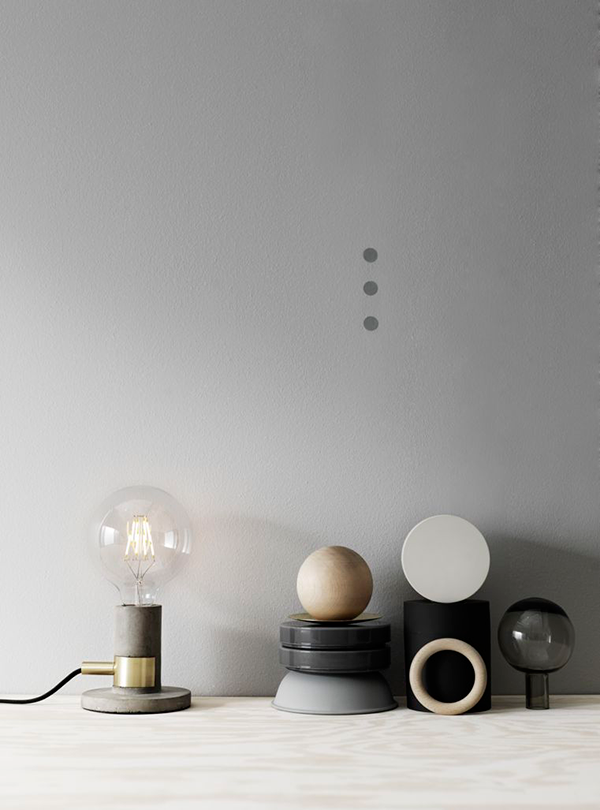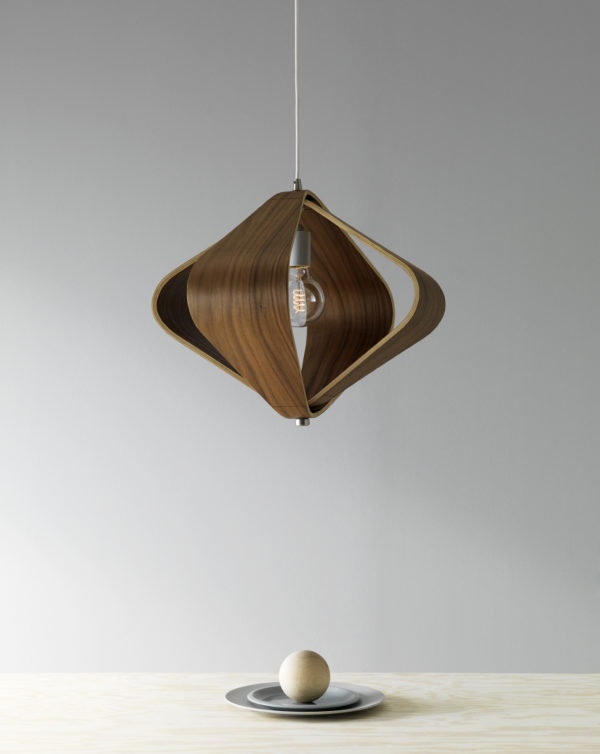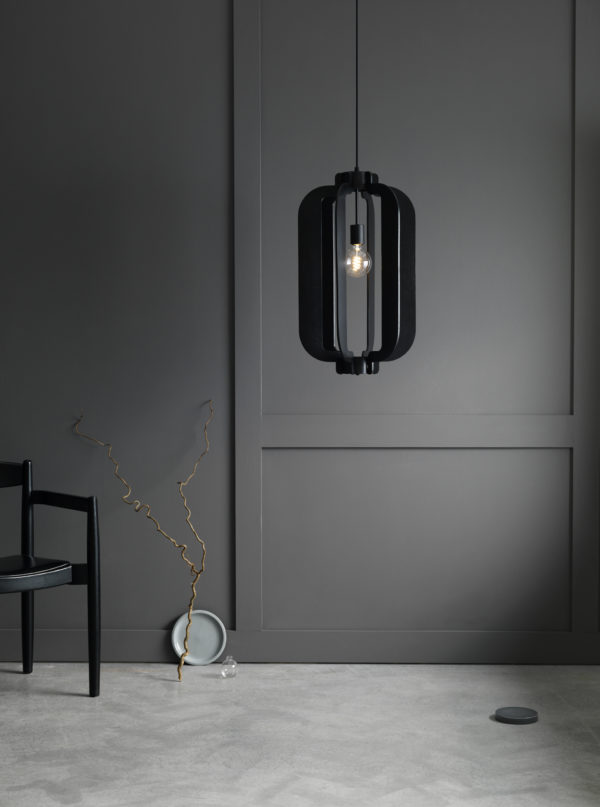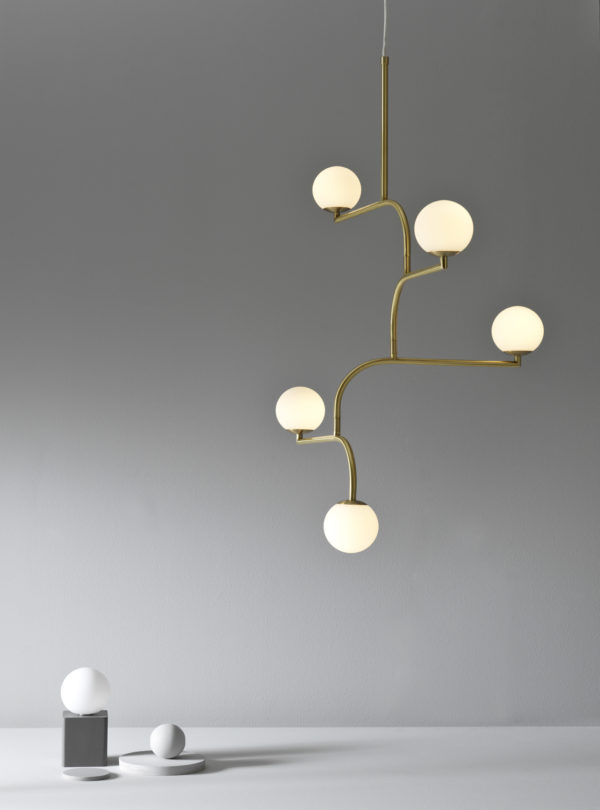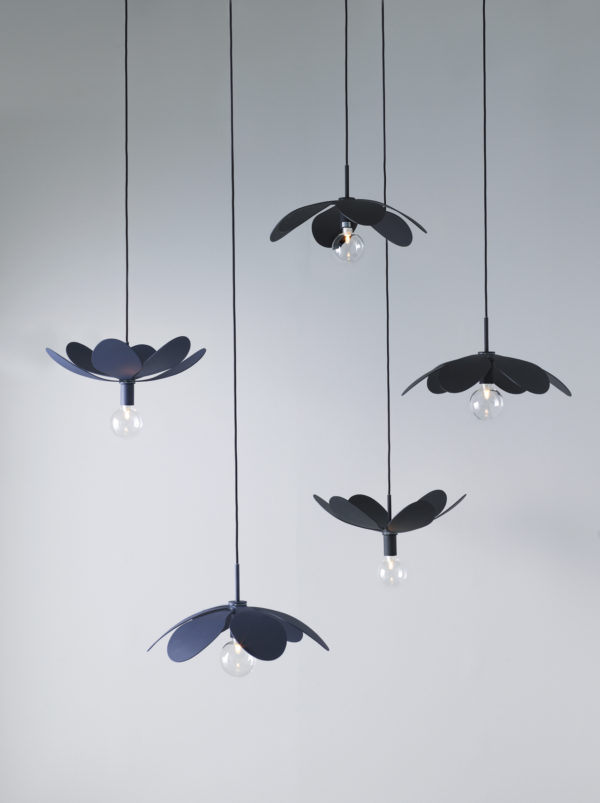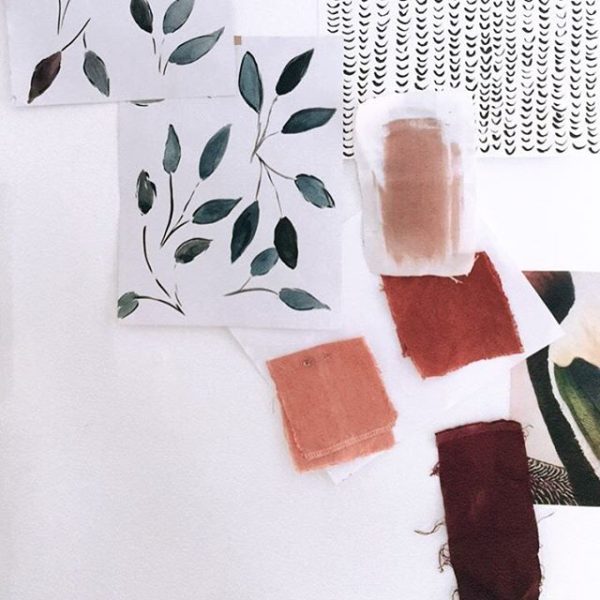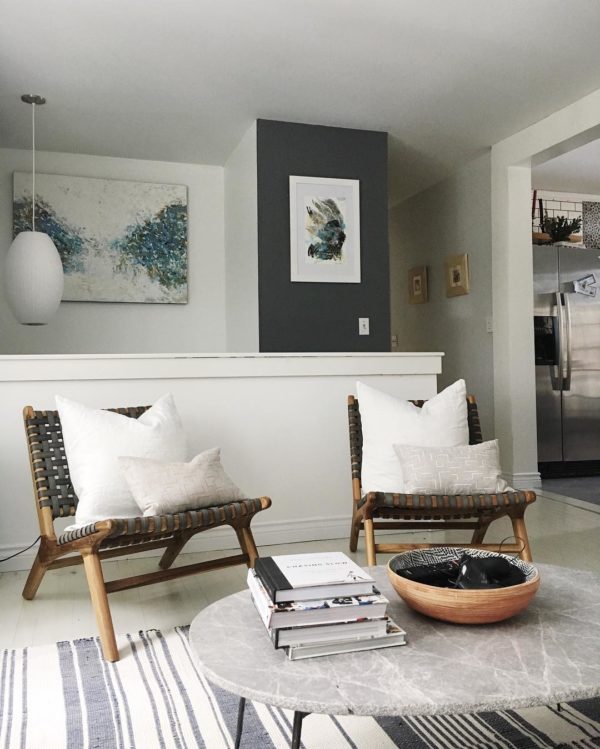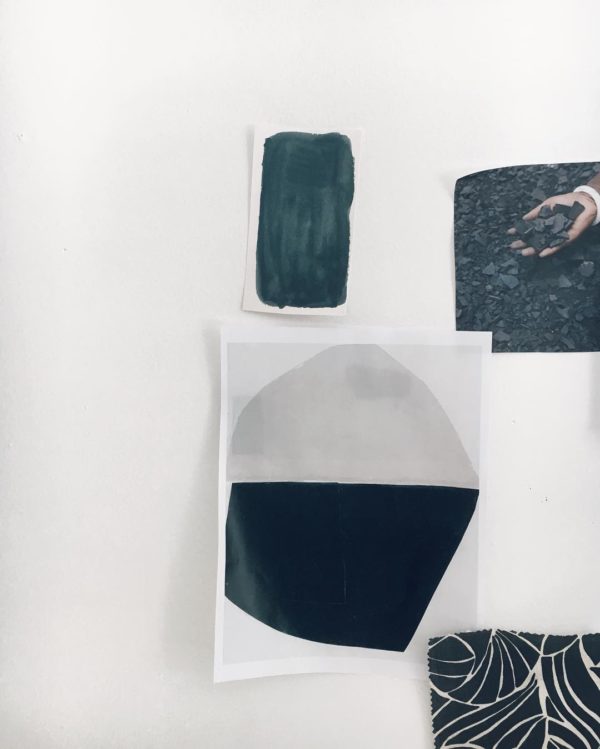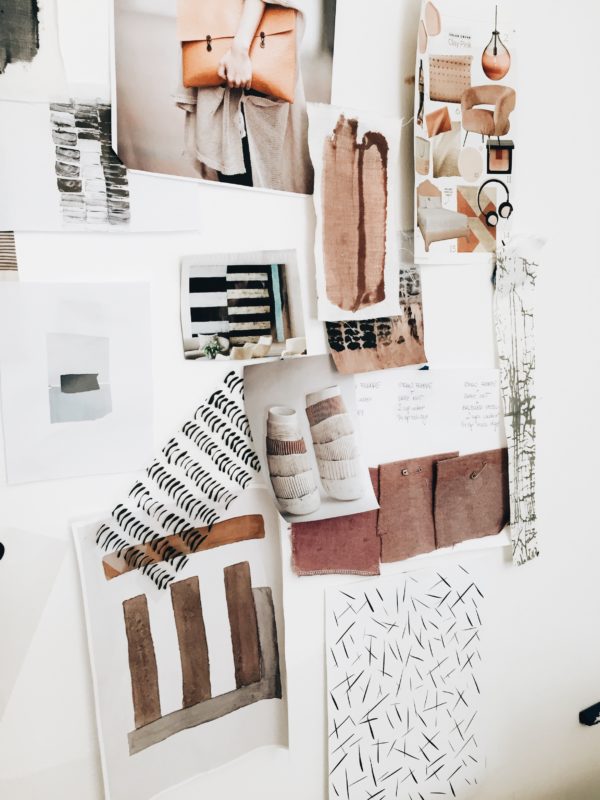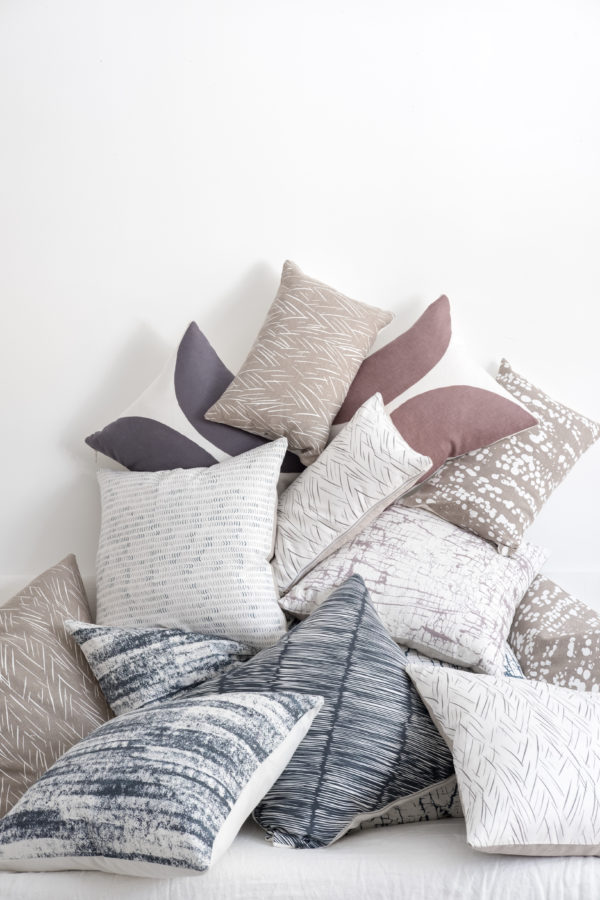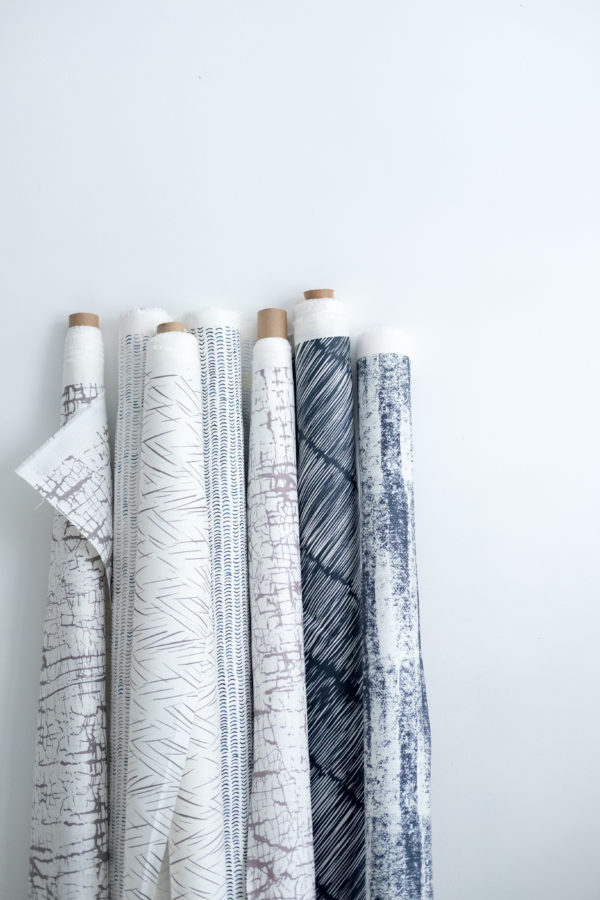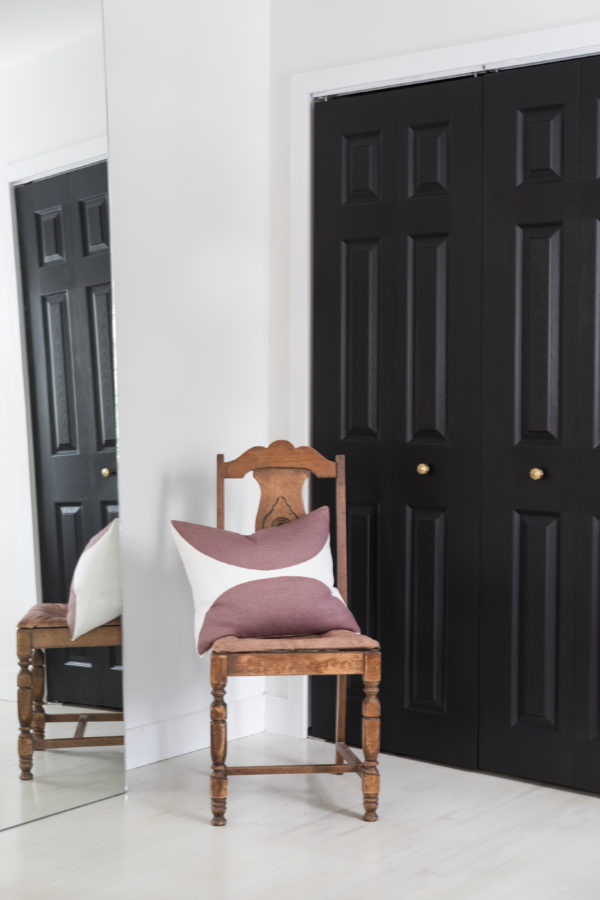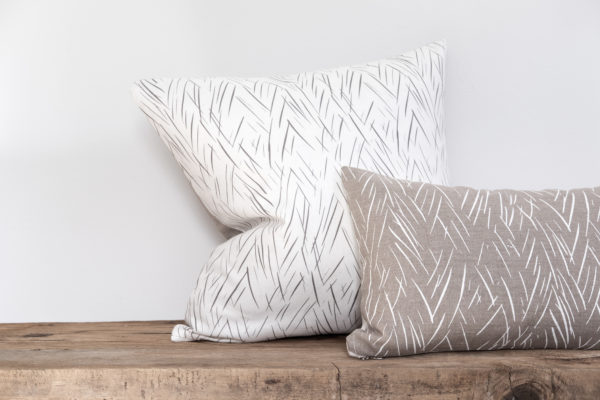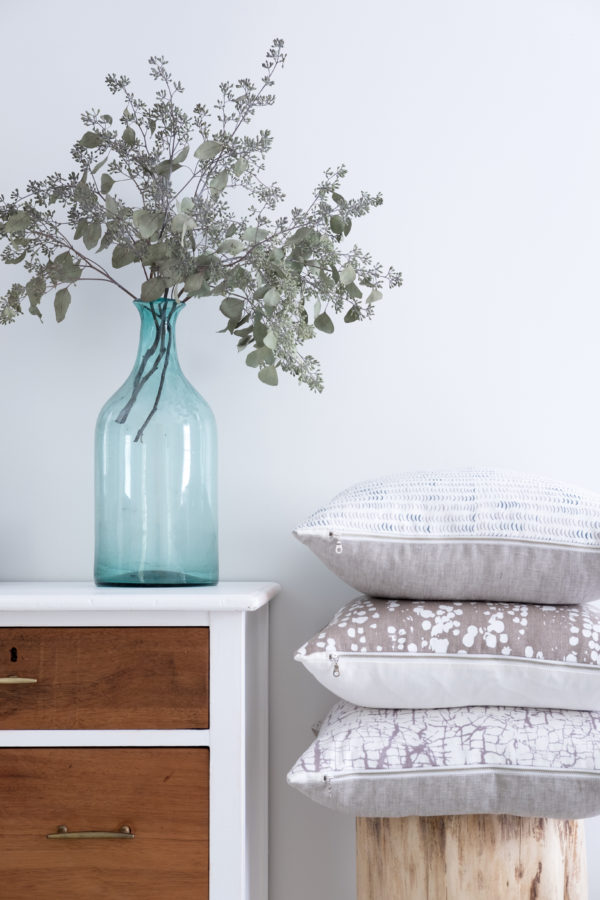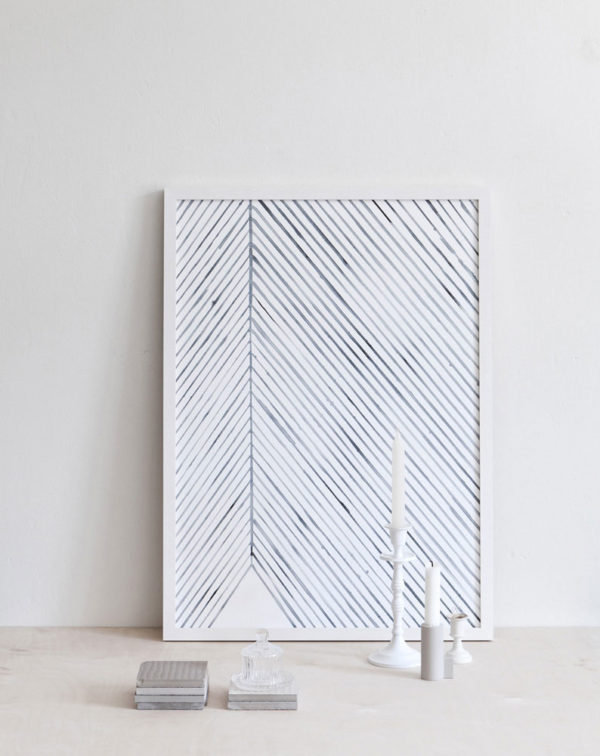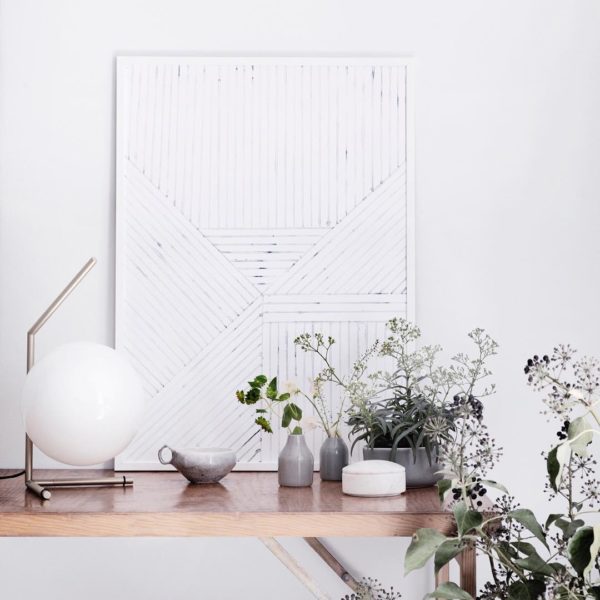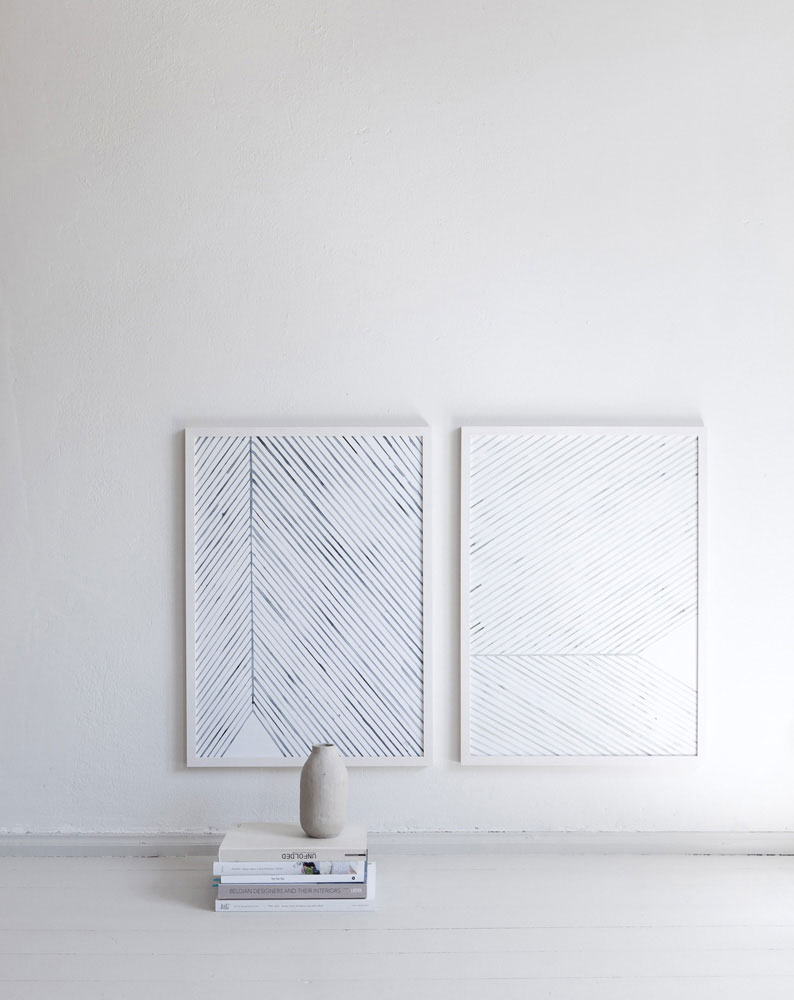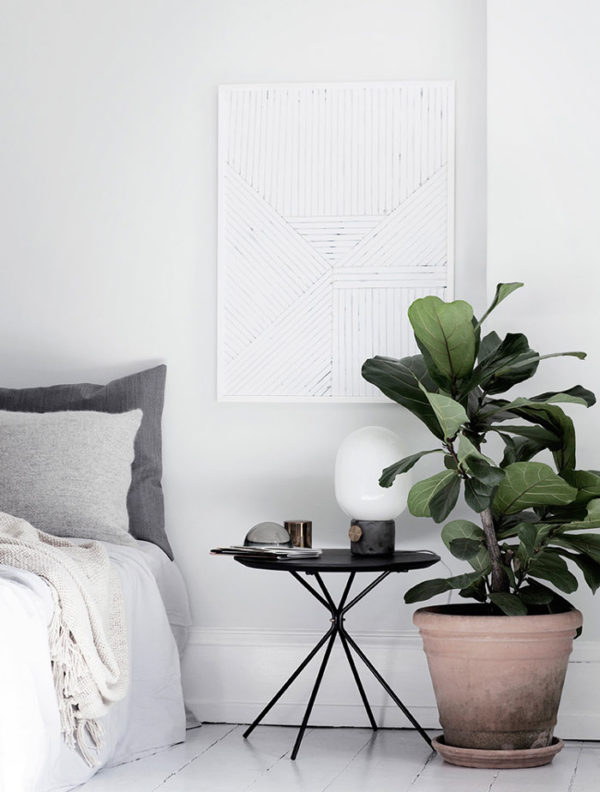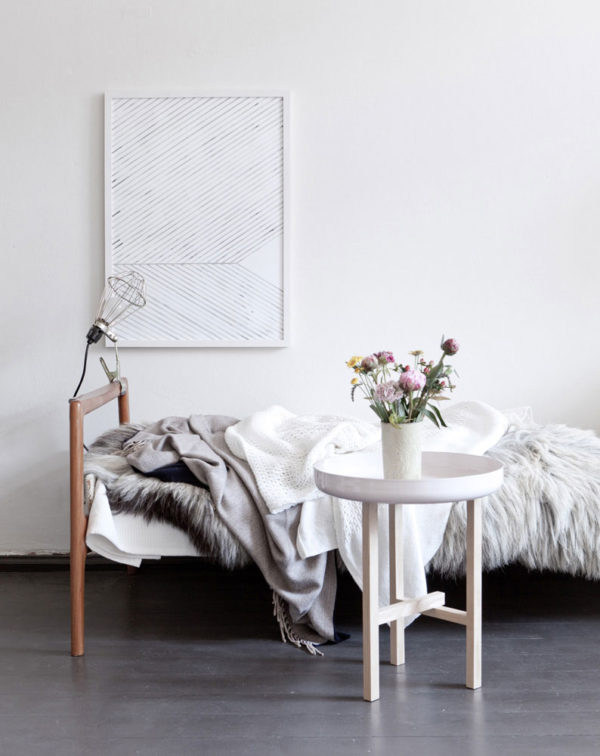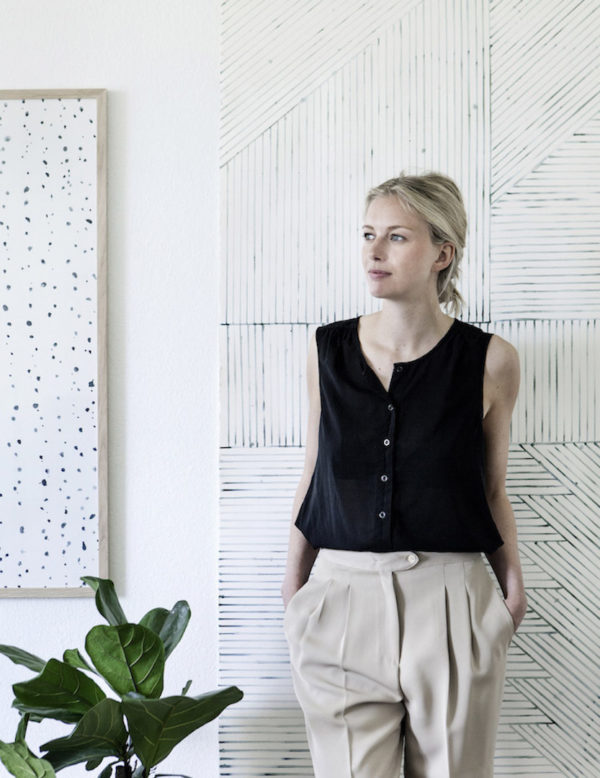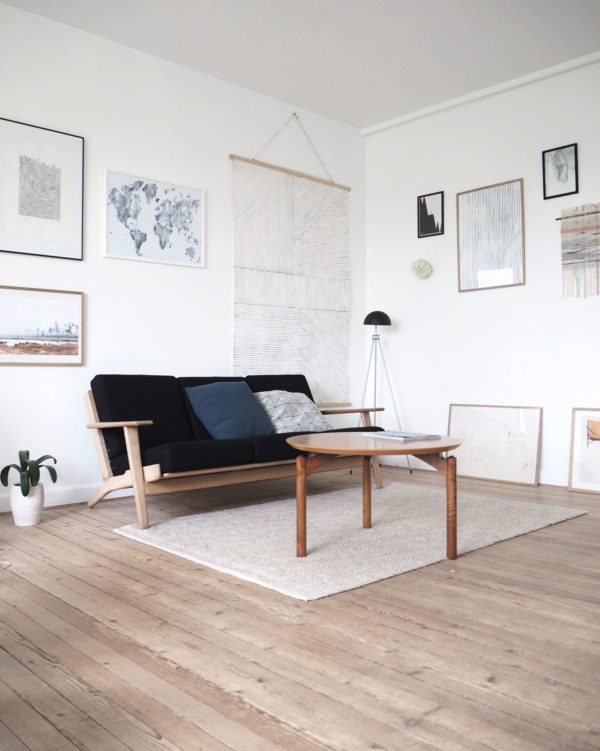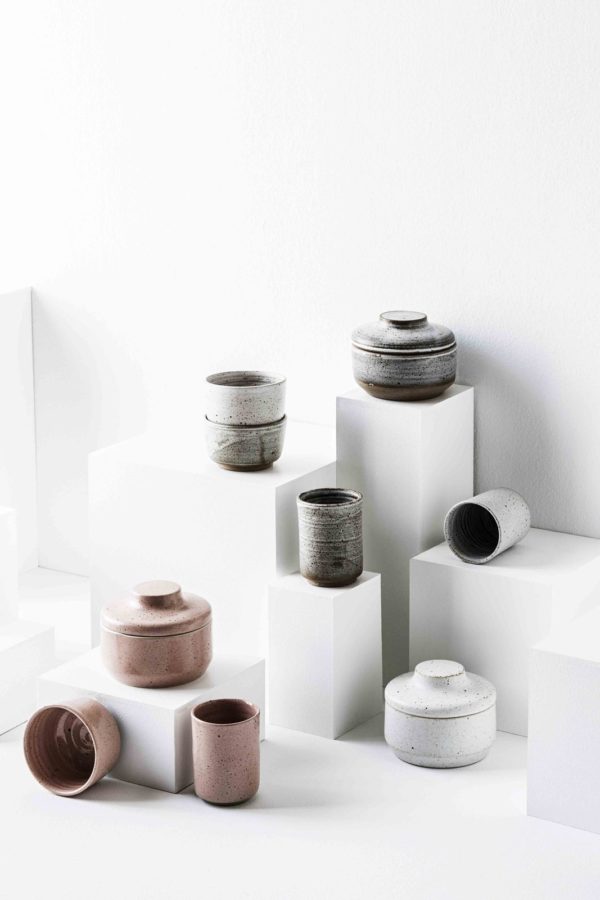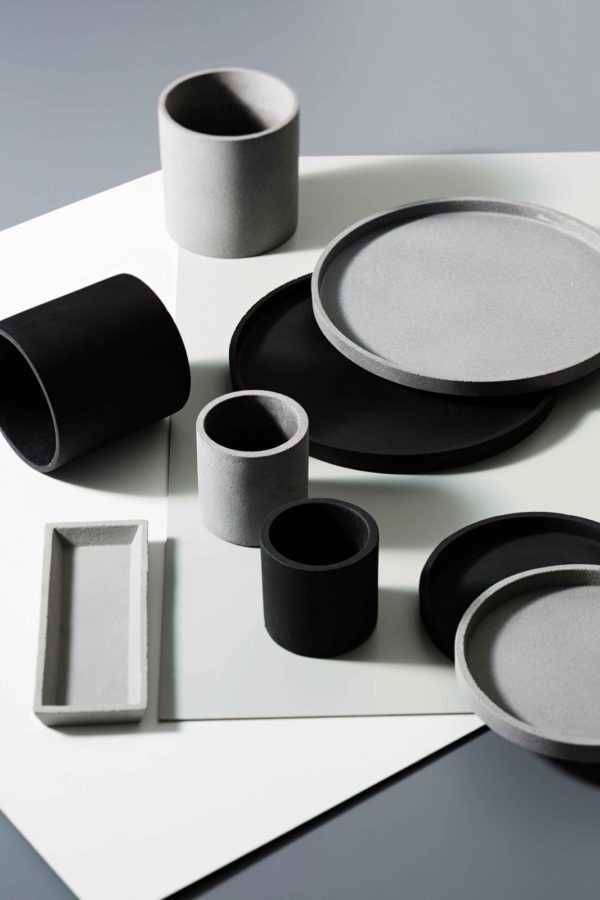Dina Nur Satti of Nur Ceramics is as thoughtful as her ceramic pieces. You could expect as much from someone who creates art as a tribute to colonized cultures, honoring their lost languages and rituals.
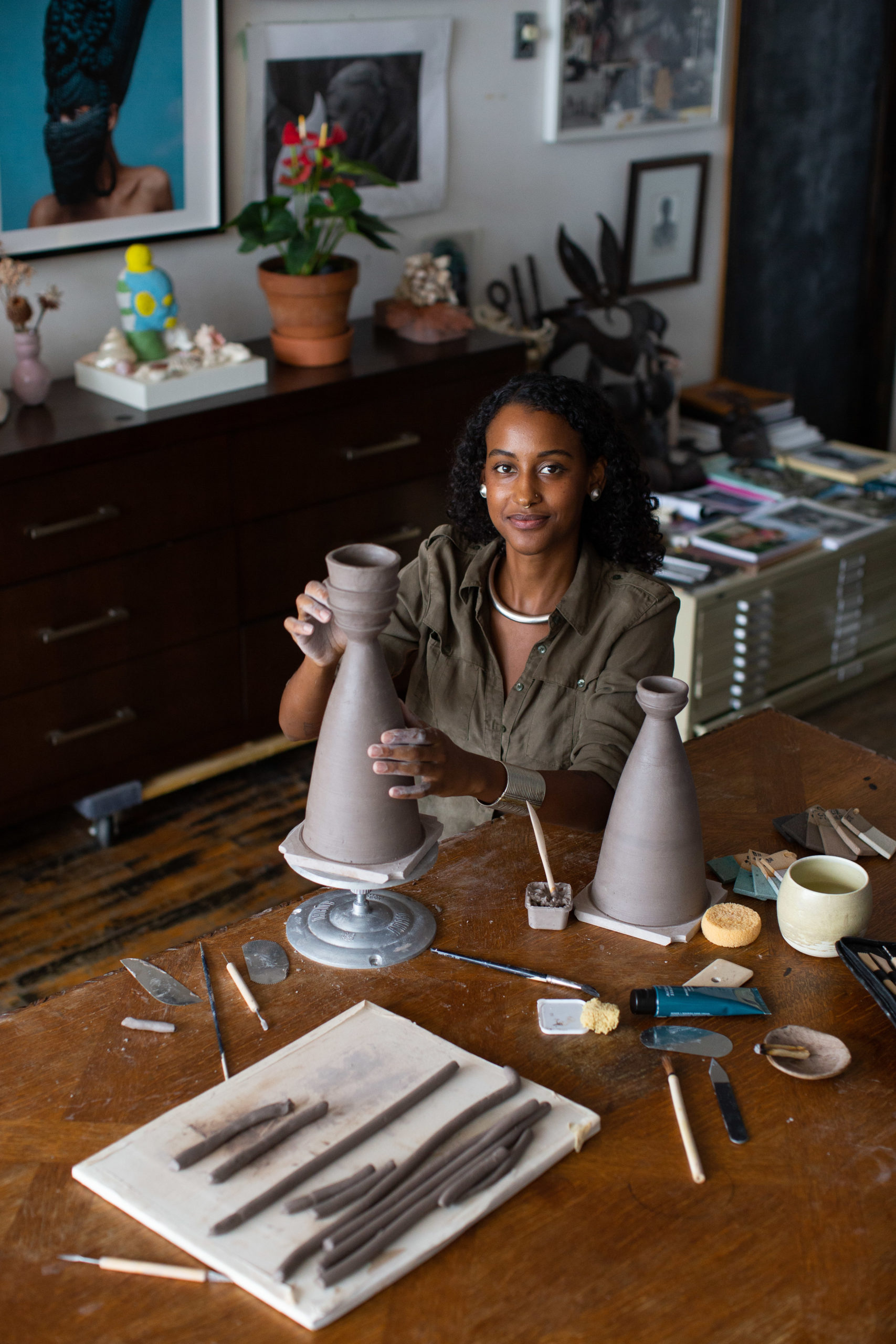
Though now based in New York City, where she’s lived for the last 16 years, Satti uses her work to celebrate her heritage, having grown up in France and Kenya by her Somali mother and Sudanese father. “My ceramic work is as much a pathway for me to learn more about my heritage as it is an homage to the cultures I come from,” Satti says. (“Nur,” meaning “light” in Arabic, is a nod to her father’s first name, Nureldin, as well as her middle name.)
We love her evocative, considerate style, and know you will too. Read on for Satti’s thoughts on everything from western society’s relationship to art to the importance of cultural storytelling to how 2020 changed her business.
Your work evokes the traditions and culture of your Somali and Sudanese heritage, and is inspired by the beauty and rituals of the Sahara. Can you tell us about your background and how that translates into your work?
My ceramic work is deeply inspired by the cultures I come from. My mother is Somali and my father Sudanese, and the ceramics of those cultures continuously inspire my designs. I see my journey with ceramics as a form of healing for me. There were so many layers of colonization in Sudan and Somalia and so much language, rituals, and cosmologies that were lost.

While I was studying the politics, history, and culture of Africa and the Middle East in college, I took a course in African Art History that had a very deep impact on me. I learned that artifacts that we today considered traditional African art were actually functional pieces that were an integral part of these societies’ operations.
There were certain ceremonial or sacred items that were reserved for particular rites or times of the year, but even then, they too served a function. We can learn so much about the soci-political structures and traditions of pre-colonial Africa through the artifacts they left behind. After that realization, I started to see the ceramics of my childhood as remnants of my indigenous cultural heritage that had survived cultural colonization.
I also think this feeling of longing goes far beyond my own cultures into a human experience of longing that, for instance, the Sufis were so wonderful in capturing. It’s a longing to be reunited with something greater than oneself that brings a sense of purpose, calm, and belonging into one’s life. I believe that ceramics as vessels for ritual have the power to initiate that sense of
connection.
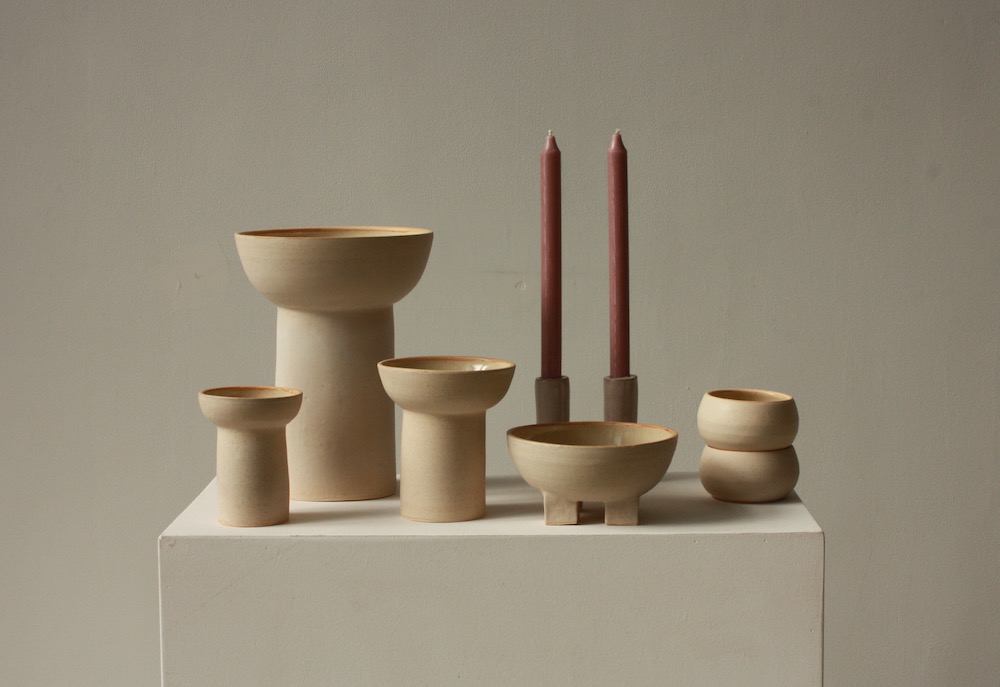
What does tradition mean to you? And how is your work connected to tradition and culture?
I think art in western society exists in a vacuum. We see art as an indulgent and frivolous thing that serves no essential purpose when it comes to our survival because western society has focused on developing its experience of reality solely in the physical realm. We are unable to see the importance of the intangible world and how it affects us, so when we think of art, we see it only for its physical value.
However, in traditional societies, art is the umbilical cord of a society, and its spiritual center. We don’t value spirituality in the western world, therefore we don’t value art because art is of spirit.
What we can learn from traditional societies is that they understood that in order to create an experience of the transcendental in a community of people, we must create a multi-sensory experience that transports them into other realms, connecting us to a reality beyond our own. And the way to do that is to create communal rituals that bring together various forms of art that create an experience that is greater than the sum of its parts.
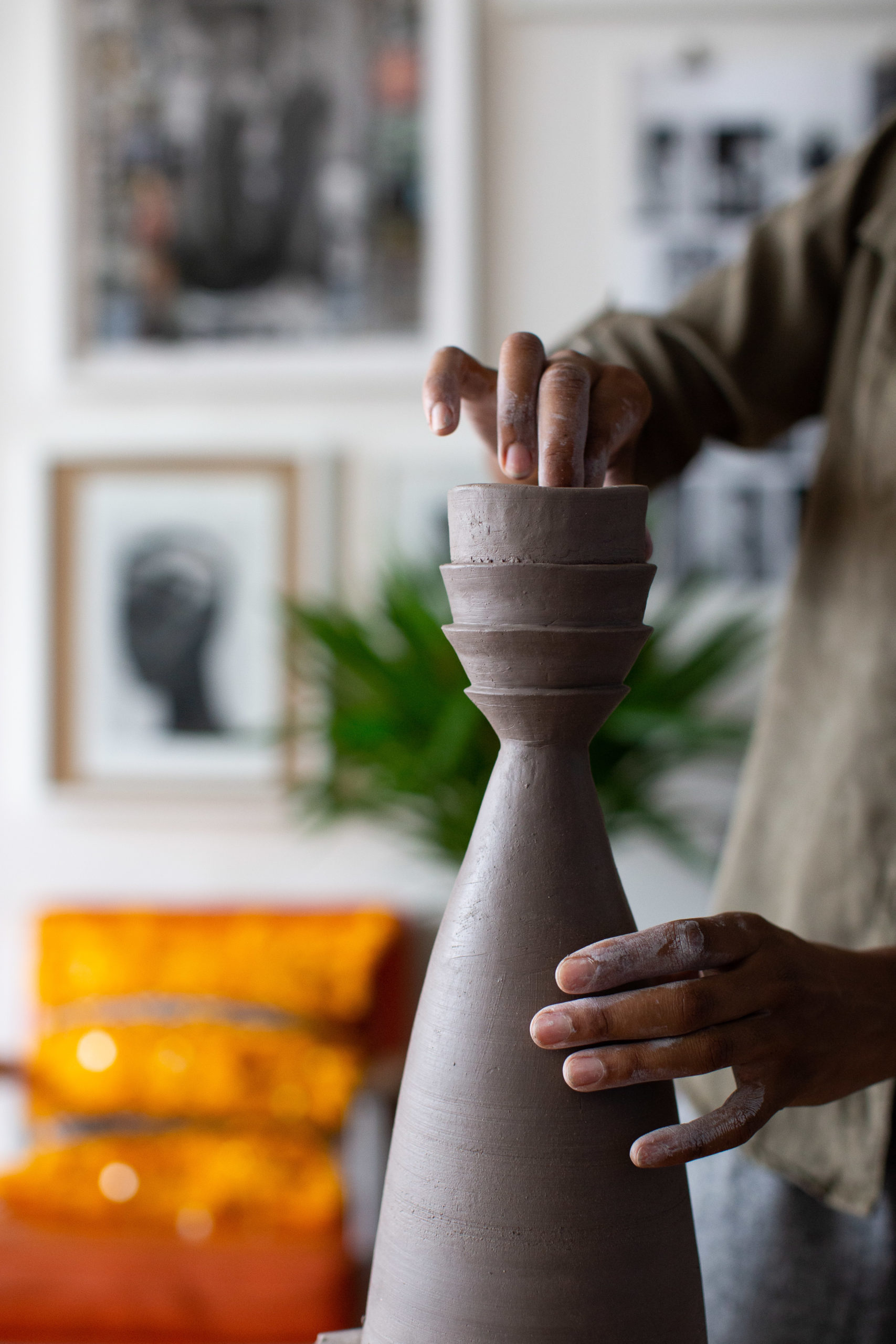
Through music, dance, objects and adornments, these art forms create context for each other that tell a much more complex narrative than if they existed all on their own. Really, this is what defines a culture. So traditional societies don’t see objects as stagnant things to be looked at, but items that hold an immense power to contribute to the collective healing of a community.
When we look at our current western society, what we are missing are rituals and language that connects us to these spaces. We crave escapism because we don’t feed that part of soul that craves the true feeling of connecting to something greater than ourselves. The ironic thing is in this form of transcendental experience, we may feel like we are escaping into another realm, but in reality, we are actually becoming more connected to ourselves and those around us. And this is what communal ritual can do for us.
How did you choose ceramics as your art form?
I was always artistic but because I grew up in a very academic family and I wasn’t raised in an environment where art was a viable career, I didn’t lean into artistic inclinations until I was past my mid-20s.
I spent my first seven years out of college working in development for the Robin Hood Foundation and during that time I met communities in Brooklyn who were full-time artists and academics in the arts who awakened a desire to discover my own artistic superpower. During that time I was also refining my ability to express myself by taking Afro-Brazilian and bellydance classes, which I think really helped me develop an understanding of how to translate an intangible feeling into physical form. I also nurtured the relationship with my intuition and remained in a state of curiosity by following all the little lines of interest that would come up. Essentially, I was actively searching for what Joseph Campbell called your “bliss.”
To this day I can’t pin-point what that moment was that led me to my first ceramics class, but it was this active state of questioning that brought me there.
Take on us a verbal tour of your studio space.
I have a studio in Bushwick, Brooklyn that’s part of an art collective called Nolo Studios. It’s a small space that’s perfect for everything I need at the moment. I have some custom built tables designed by a friend where I do my sculpting and assembling, a slab roller, a wheel and a ton of shelves.
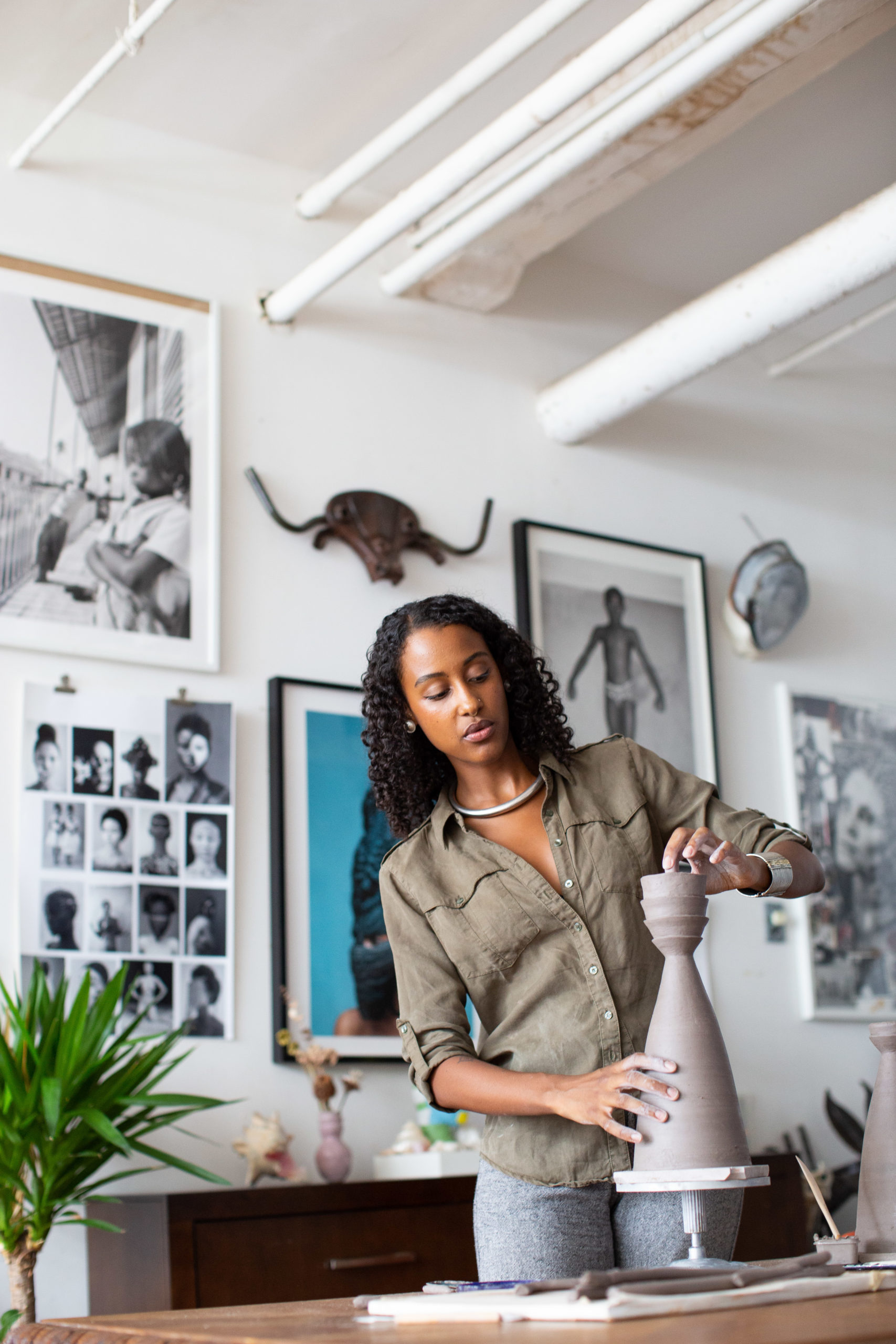
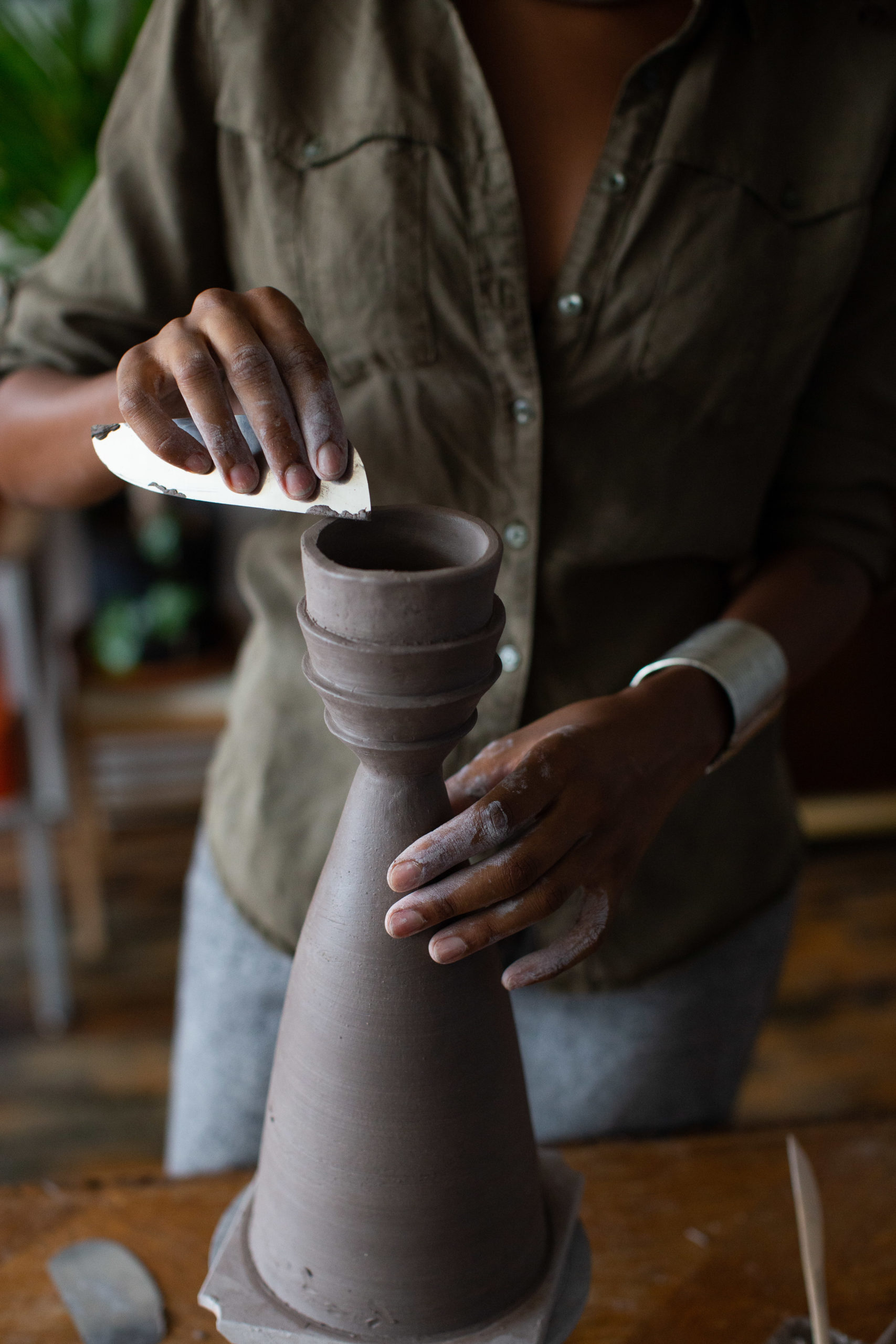
What’s your favorite time of day to be at the studio?
I like the feeling of the beginning of the transition from day to night that starts around 4:00 p.m. That 4:00-6:00 p.m. pocket of time has a liminal, magical quality to it!
Nur is a one-woman show, from making all of the pieces to the nitty gritty of business. What have you learned about yourself in needing to combine creativity and business?
I’ve learned that I have to be very conscious of the type of business I’m building. I have to keep a healthy relationship with my art, so I have to be very mindful of which projects feed my creativity and my overall vision, and which ones do not. Because at the end of the day, a business is built from the sum of many small decisions we make.
Where do you seek inspiration? And where does inspiration find you?
My art is intertwined with my growth as a person. I find that in seeking new knowledge and understanding of the world, its history and cultures, my inspiration comes from a desire to express the epiphanies I have during these moments of seeking. I have never been someone to sit down and think, “What am I creating next?” I’m continuously in a state of curiosity and my ideas are born from this place. It really feels like a process of birthing, or taking an intangible feeling or idea and bringing it into physical form.

When things get hard – ahem, 2020 – what keeps you going?
The motto that through darkness there is light. We have to go into our shadows to know ourselves, on an individual and collective level. From this perspective, I can sit in the discomfort and know that it also has a purpose.
How has your work, process, creativity and vision been affected by the events of this year?
This year took a completely unexpected turn for me. I was on vacation in Costa Rica when the quarantine was being put in place in New York City. I ended up staying at a friend’s eco-village in the jungle for two months! When I came back, the support Black makers movement went viral and my Instagram page was swept up in the wave of reshares and I got my big break. Until that point, I was taking a break from ceramics and doing events and production consulting.
So very unexpectedly, this is the year I have been able to take my business to the level I had always hoped for!

Your pieces are not only beautiful, but functional and purposeful too. How do you imagine these pieces fitting into a buyer’s home?
Ceramics is a vessel, a container through which I explore ideas of personal purpose and growth as well as our collective transitions, cultural storytelling and communal rituals. Whether a gathering takes place within the personal home of a family or a public venue, an intentionally handcrafted vessel carries profound power to affect and elevate the feeling of a space.
I really believe that objects have a power to shift perception and the way we feel. My hope is that my work can be part of a wider tableau in a buyer’s home that creates a space that feels otherworldly and connects them to a feeling of expansiveness and connection within themselves and the people they bring into their space.

What’s next for Nur?
My other love is event production, and I find much pleasure in creating multi-sensory experiences that are collaborative with the artists in my community. For a long time I have envisioned an event that builds an environment that incorporates ceramics as a way for people to experience them in a way they might not have in the past. I’m patiently waiting for the right time and opportunity to bring it to life.
SHOP NUR CERAMICS
written by megan mccarty, images courtesy of nur ceramics


